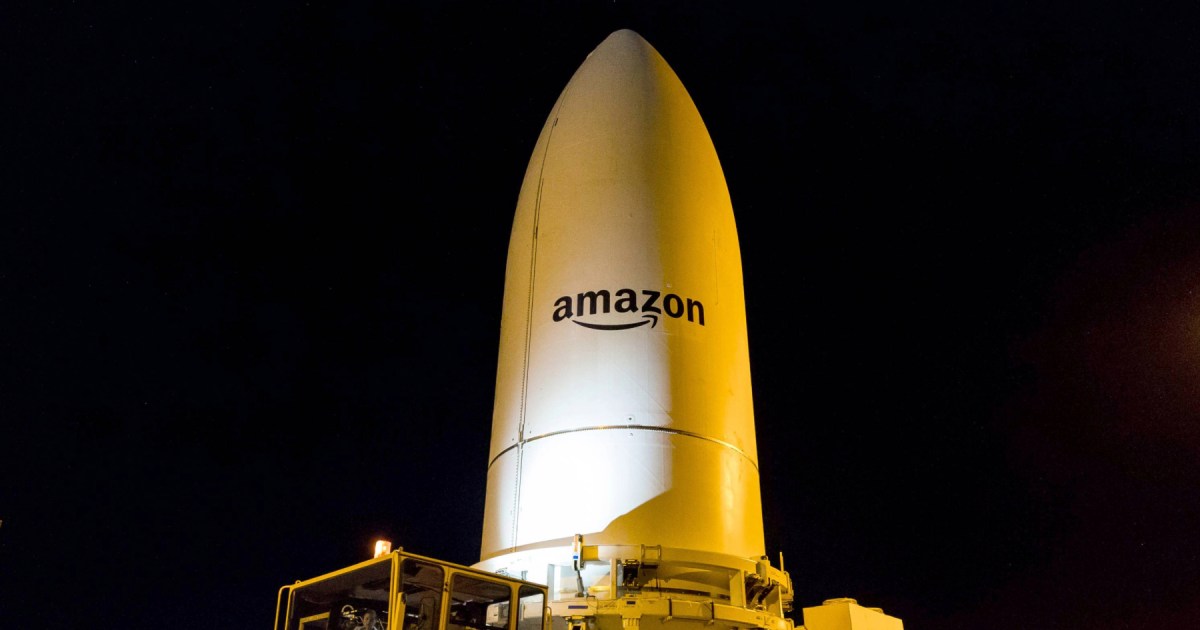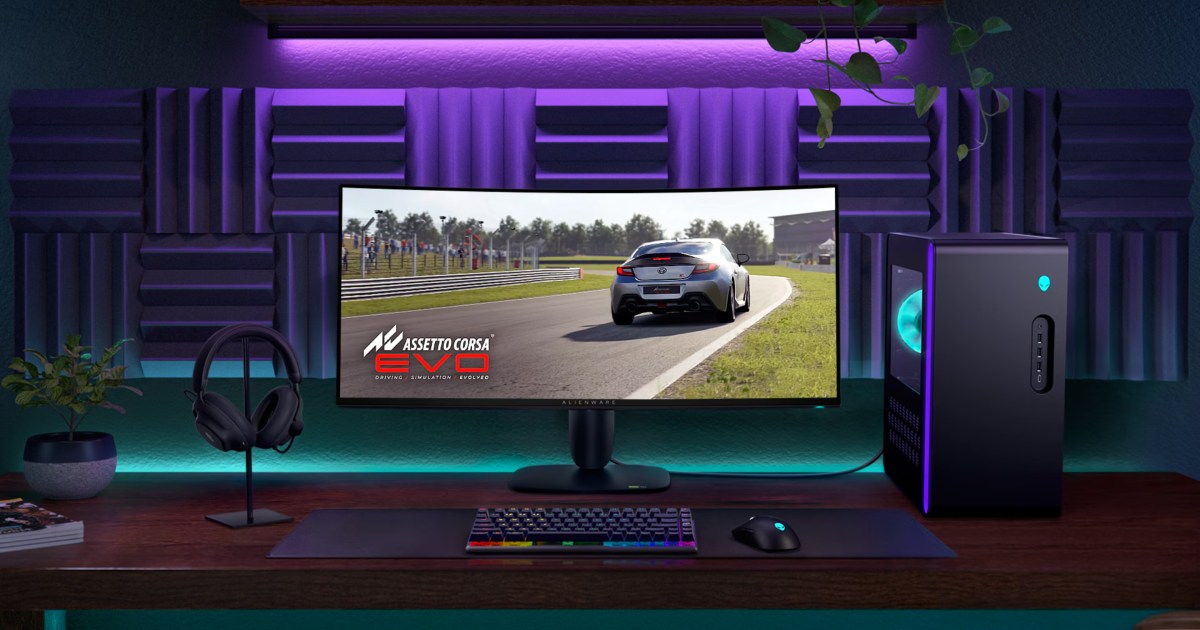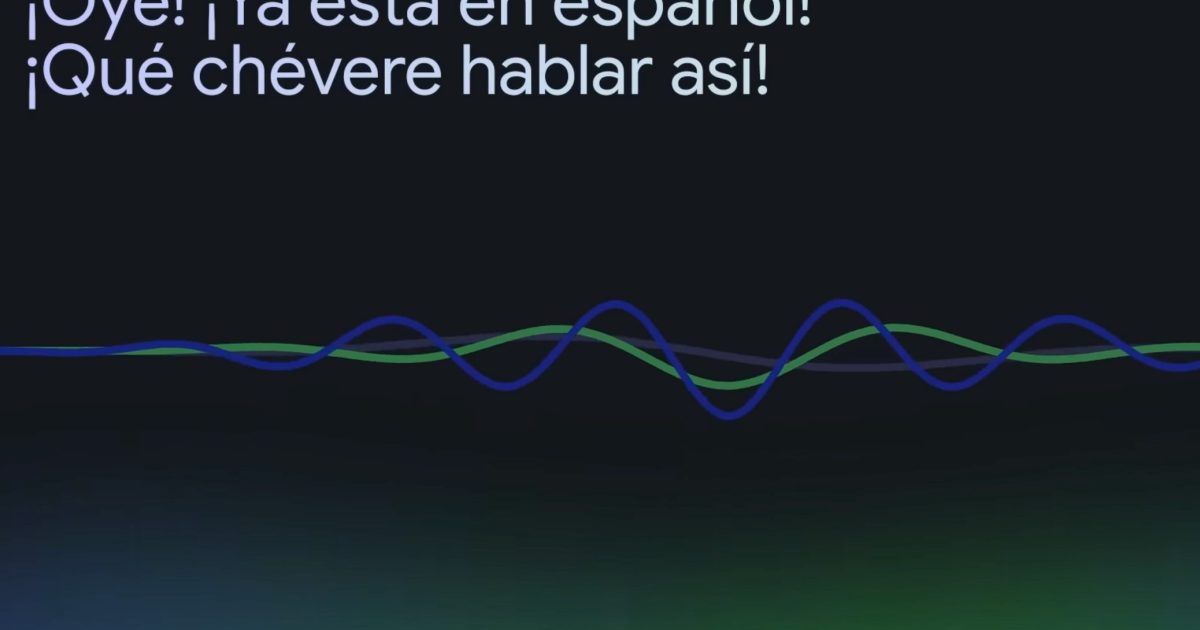Amazon recently launched its first operational internet satellites, marking a significant step in its Project Kuiper initiative. This move pits Amazon directly against SpaceX’s Starlink, igniting a competition to deliver high-speed internet from space. While Amazon celebrates this initial deployment, Starlink is already showcasing its impact, connecting thousands of students globally and boasting millions of subscribers. This article examines the burgeoning rivalry between these two tech giants and what it means for the future of satellite internet.
Amazon’s initial launch deployed 27 satellites, a small fraction of its planned 3,200-satellite constellation. The company has an ambitious launch schedule partnering with various launch providers, including ULA, Arianespace, Blue Origin, and potentially even SpaceX. This aggressive approach aims to rapidly expand Kuiper’s network and enable global coverage with approximately 1,000 satellites, with additional satellites enhancing performance and reliability. Amazon aims to offer high-speed, low-latency internet by the end of 2024.
However, Starlink holds a considerable advantage. With over 7,000 satellites already in orbit and more than 5 million subscribers, Starlink has established a strong foothold in the market. Their frequent launches using SpaceX’s Falcon 9 rockets have allowed them to rapidly expand their network and build a substantial customer base. Starlink’s achievements include enabling internet access for students in remote areas, many of whom are using computers for the first time, leading to improved test scores and increased university enrollment.
The difference in scale between the two projects is significant. Starlink completed its 250th dedicated mission while Amazon is just beginning its journey. This head start gives Starlink a considerable edge, and industry experts predict it will be challenging for Amazon to close the gap in the near term. Amazon’s aggressive launch strategy suggests they are aiming to compete directly with Starlink by mid-2026.
Once Amazon reaches a comparable scale, the competition will shift to pricing and service quality. Both companies will likely vie for customers through competitive pricing and improved performance. Beyond Starlink and Project Kuiper, other companies are also entering the satellite internet market, increasing the competition and driving innovation.
In conclusion, while Amazon’s Project Kuiper marks a crucial step in the satellite internet race, Starlink’s established infrastructure and customer base give it a significant advantage. The coming years will see intense competition between these two giants and other emerging players, ultimately benefiting consumers with increased access to high-speed internet from space. The race is on, and the future of connectivity hangs in the balance.











